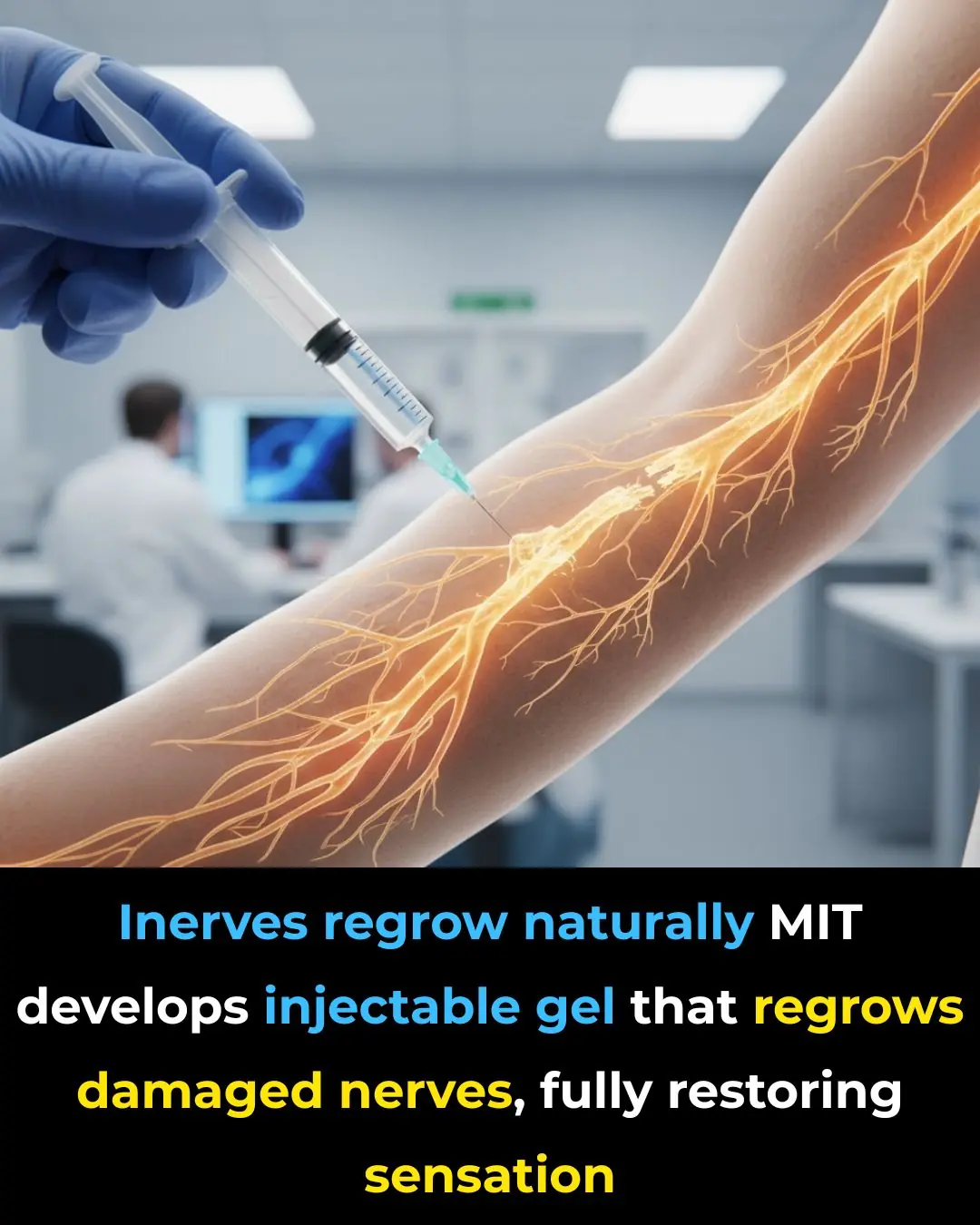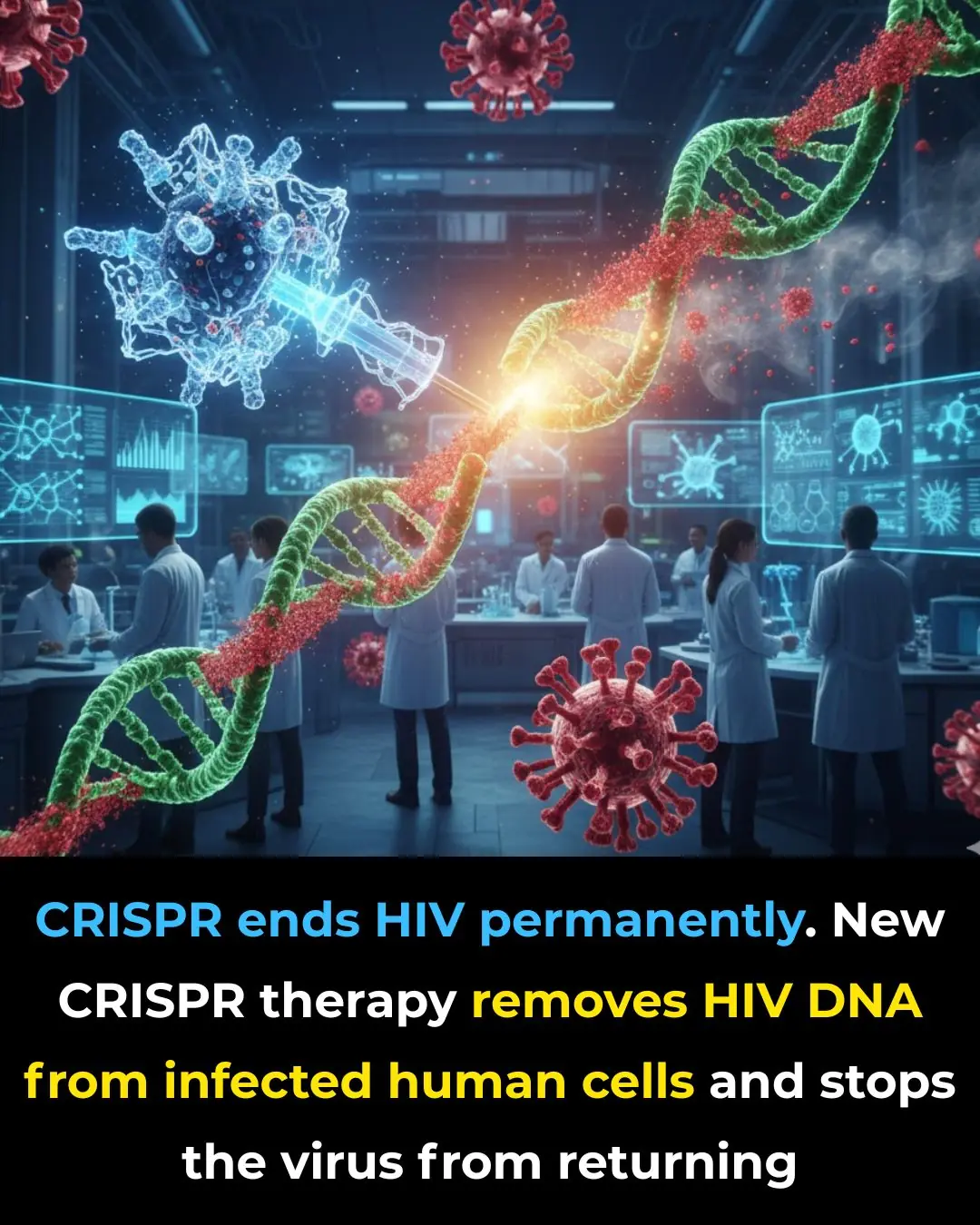
CRISPR Breakthrough Offers Hope for a Potential HIV Cure
Scientists have achieved a significant breakthrough in the battle against HIV — the virus responsible for AIDS — by using the Nobel Prize–winning gene‑editing technology, CRISPR, to remove HIV from infected cells in laboratory experiments. CRISPR acts like a highly precise pair of molecular scissors: guided by RNA, it enables researchers to identify and cut out specific segments of DNA — in this case, the HIV genetic material embedded within human cells.
HIV is notoriously difficult to eradicate because it integrates its DNA into the host’s genome, hiding itself from the immune system and conventional therapies. While modern antiretroviral therapy (ART) can suppress the virus, these medications cannot fully eliminate it. The virus persists in so-called “reservoir” cells, evading both treatment and immune surveillance. The new CRISPR-based approach, however, can excise the proviral DNA — the virus’s genetic blueprint — from these hidden reservoirs, offering a promising route toward a true cure. PubMed+2PMC+2
In a recent study, researchers used CRISPR–Cas systems (specifically variants of Cas9) along with guide RNAs (gRNAs) that target conserved regions of the HIV genome — sequences that remain largely unchanged across different HIV strains. By focusing on these conserved sites, they maximized the possibility of broadly targeting many variants of the virus. Lab Online+1 In particular, the use of SaCas9, a smaller form of Cas9, proved effective: with just one gRNA, it could inactivate HIV, and with two gRNAs, it could completely excise the viral DNA. Lab Online+1
The researchers also addressed one of the biggest practical challenges: delivering CRISPR components efficiently into the right cells. They shrank the “cassette” (the DNA encoding Cas9 and guide RNAs) so that delivery vectors would be small enough for effective transport into target cells. Lab Online In addition, they concentrated on immune cells known to harbor latent HIV, such as CD4+ T cells and CD32a+ T cells, showing that their technique can reach the hidden viral reservoirs. Lab Online
Importantly, these laboratory findings were not just proof of concept: the edited cells demonstrated no detectable off-target effects, and they appeared healthy (no signs of abnormal cell cycle or increased apoptosis). PubMed These are promising signs that the method can be both precise and safe. However, scientists themselves emphasize that this remains conservative early-stage research, not an immediate cure. Scimex
In parallel, other research teams have begun to explore the use of CRISPR in living animals. For instance, in a study involving humanized mice (mice engineered to carry human immune cells), scientists combined CRISPR gene editing with standard antiretroviral therapy. They targeted both the CCR5 receptor (a key entry point for HIV) and the integrated HIV‑1 DNA. The result? Over half of the treated animals became virus-free, with no detectable HIV in multiple organs — including the spleen, gut, bone marrow, and even the brain. PubMed According to the researchers, viral elimination was confirmed by highly sensitive techniques (e.g., nested PCR, ddPCR, RNAscope) and through viral outgrowth assays. TechTarget
Despite these breakthroughs, there remain substantial hurdles before this technology can be applied in humans. Delivery remains one of the biggest obstacles: CRISPR components must reliably reach all reservoir cells in a patient, which is far more complex than treating cells in a dish. Scimex+1 Additionally, long-term safety must be rigorously tested, because even rare off-target edits could have serious consequences.
Moreover, as fact‑checking by independent experts makes clear, no cure has yet been demonstrated in living humans. The Guardian Nigeria Current clinical trials (such as those evaluating CRISPR-based therapies like EBT-101) focus primarily on safety and tolerability — for example, monitoring how the body responds when antiretroviral therapy is paused. The Guardian Nigeria
In spite of these challenges, the implications of this research are profound. If CRISPR-based therapies can be refined and shown to be safe, they could dramatically change how we treat HIV — transforming it from a lifelong, managed condition into one that could potentially be eliminated at its genetic root. This breakthrough underscores the power of cutting-edge science and how innovation can drive us toward solutions for some of humanity’s most persistent health threats.
Sources:
-
Kaminski et al., “Elimination of HIV‑1 genomes from human T-lymphoid cells by CRISPR/Cas9 gene editing,” Scientific Reports. PMC+1
-
Aidsmap article on successful removal of HIV genes via CRISPR. aidsmap.com
-
Scimex article summarising recent CRISPR work on HIV. Scimex
-
Preclinical study in humanized mice: CRISPR targeting CCR5 and HIV‑1 proviral DNA. PubMed+1
-
Fact‑check clarifying that no human cure exists yet. The Guardian Nigeria
News in the same category


Eating More Than One Egg a Week May Slash Alzheimer’s Risk by 47%

Four Teens Risk Their Lives to Rescue Elderly Neighbor from Burning Home in Sapulpa

Sugar May Be a Bigger Threat to Heart Health Than Cholesterol, New Study Finds

Time Is an Illusion: Quantum Physics Suggests Every Moment Exists at Once

Beware of the Plastic Bottle Scam

Had no clue about this

For those who sleep with wet hair, you should know that…

Hidden Message Behind Finding a White Feather

Why We Can’t Sleep Without a Blanket Even on Hot Nights

Revolutionary mRNA Therapy Shows Promise in Preventing Pancreatic Cancer Recurrence

MIT Scientists Develop Injectable Gel That Can Fully Repair Nerves and Restore Sensation

A New Era of Computing: China’s Quantum Machine Surpasses the World’s Fastest Supercomputers

Reviving the Brain’s Waste-Clearing Pathways May Reverse Alzheimer’s Damage

New CRISPR Therapy Shows Promise in Removing HIV and Preventing Viral Rebound

Japanese Scientists Develop Drug That Could Regrow Human Teeth

White House Gives Major Update On Donald Trump's

What’s with the white paint on the tree trunks?

If You See A Bent Tree In The Forest, Start Looking Around Immediately
News Post

Belgium’s Floating Algae Mats: A Green Breakthrough in Urban Water Purification

France Reimagines Shelter Boundaries With Community Corn Walls

5 Simple Ways to Remove Rust from Knives – Make Your Dull, Rusty Knife Shiny and Sharp Again

5 Fruits on the ‘Blacklist’ That Can Cause Cancer – Avoid Buying Even If Cheap

“New Research Reveals How Aging Impacts Male Fertility and Sperm Health”

Pork Skin – The Often Overlooked Superfood

Don’t Throw Away Lemon Peels! Use Them for These 8 Household Tasks and Save a Ton of Money

10 surprising ways to use vinegar around the house

Stop eating these 10 things of CRAP

Mix Banana Peels With This and Leave It in a Corner — Roaches Will Disappear Overnight

Discover how eggs support your baby’s brain development — full details in the comments!”

Weak Toilet Flush and No Suction? A Simple Trick From a Professional That Fixes It Instantly

Five “Dirtiest” Parts of the Pig That Butchers Never Take Home for Their Own Families

Blueberries: A Powerful Daily Boost for Heart Health

The Whole Family of Three Was Diagnosed With Thyroid Nodules; the Mother Collapsed: “I Thought Those Two Things Were Always Good to Eat and Could Prevent Cancer”

Motherhood Rewires the Brain: Why Postpartum Recovery Takes Years, Not Weeks

Eating More Than One Egg a Week May Slash Alzheimer’s Risk by 47%

Breakthrough Cancer Treatment Offers Unprecedented Hope for Patients
